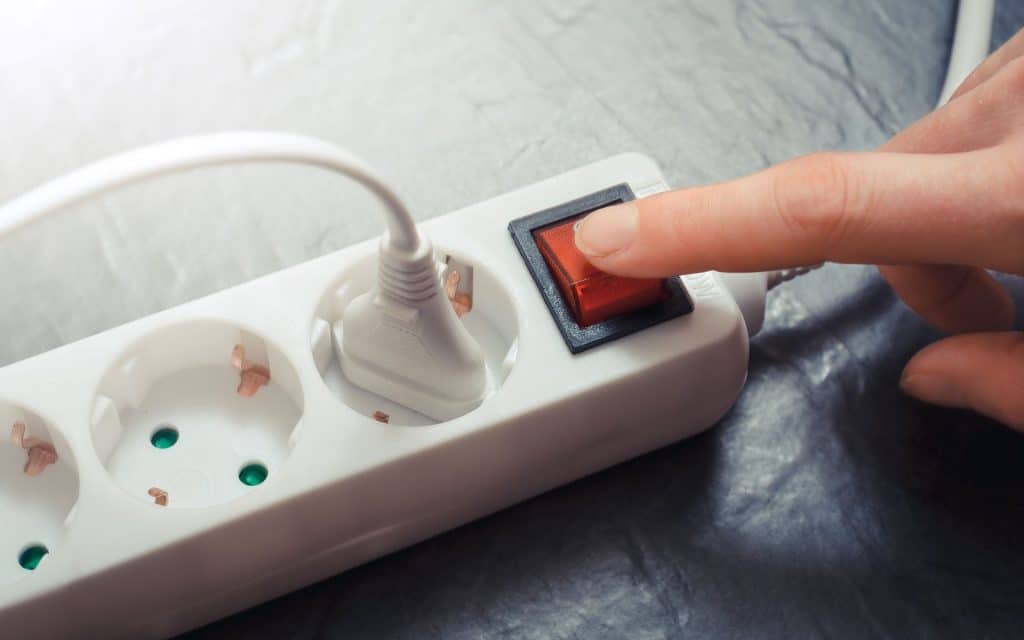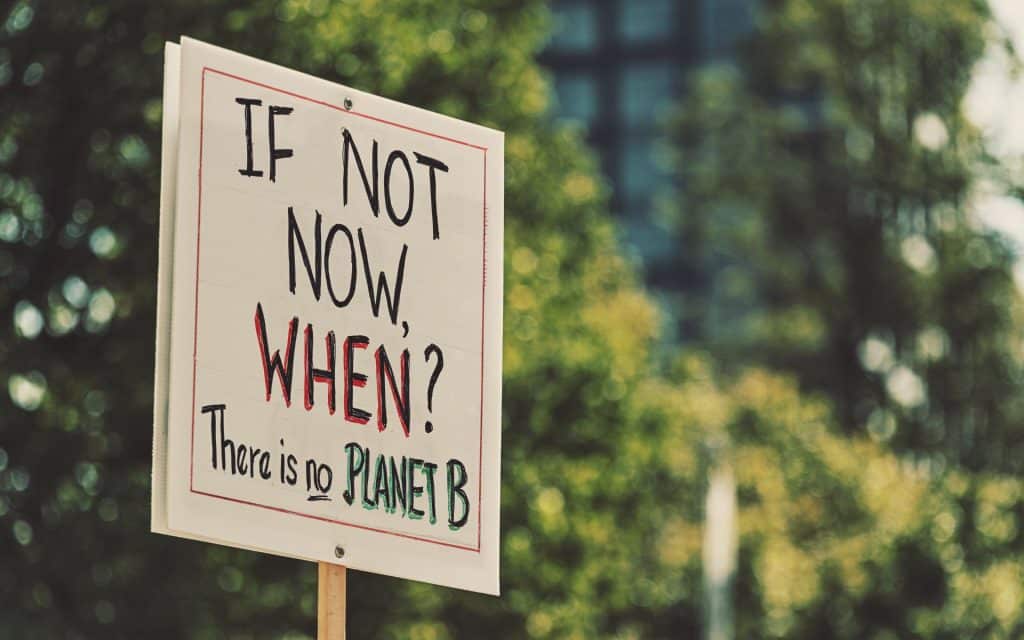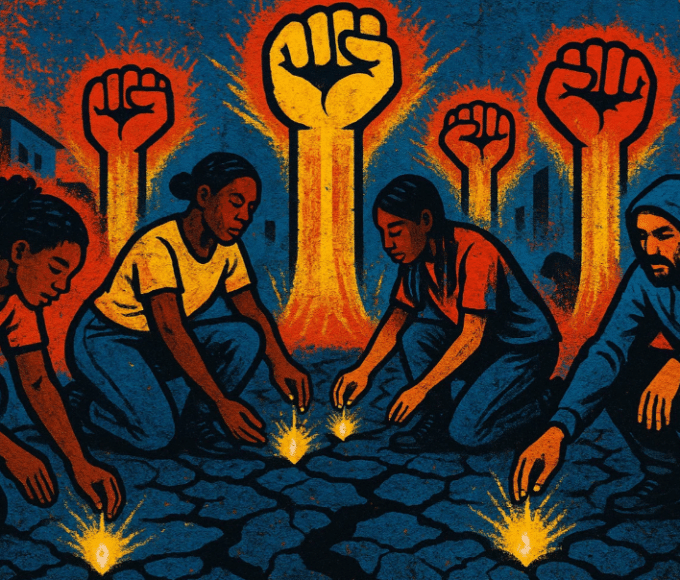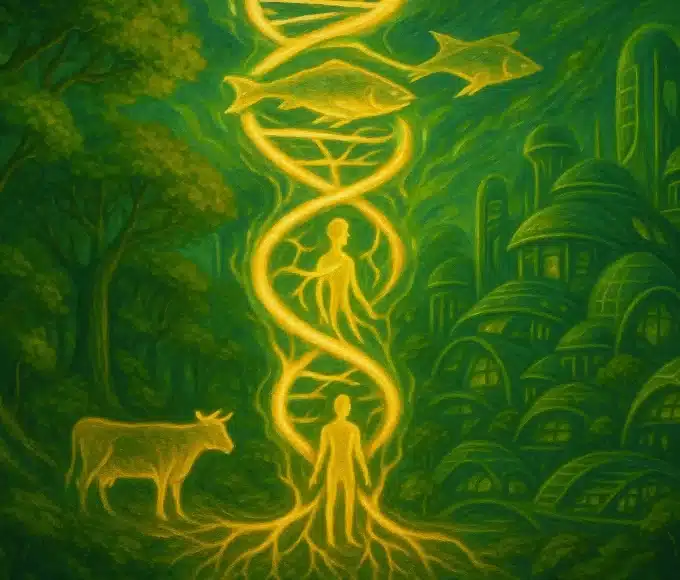Renewable energy is the future, my friend! As climate change wreaks havoc across the globe, it’s high time we boost the power of renewables while reducing our dependency on the electrical grid. It’s no secret that renewable energy sources such as solar and wind power have been a game-changer in reducing greenhouse gas emissions and providing a cleaner future for all of us. But, let’s face it, we still have a long way to go.
Understanding the Current Energy Landscape
As climate change continues to challenge humanity, the critical question arises: how do we increase the share of power produced by renewables while simultaneously reducing demands on the electrical grid? This is where policymakers and businesses come into play, but let’s not underestimate the power of businesses. After all, in 2022 alone , the U.S. generated a whopping 4.24 trillion kilowatt hours of electricity, raking in $488 billion in revenue. Talk about a power-packed industry!
The Need for Boosting Renewable Energy
With the ever-growing concerns about the environment, it’s crucial to boost renewable power. Sure, it sounds fancy to have a solar panel on your rooftop and brag to your friends about being an eco-warrior, but there is more to it than just mild bragging rights. By increasing the share of renewable energy, we can reduce greenhouse gas emissions and mitigate the impact of climate change. Plus, who wouldn’t want to breathe in cleaner air and enjoy a planet that’s not on the brink of destruction?
But hold on, we can’t just switch to renewables overnight. There are challenges in the way, like that annoying sibling who always steals your snacks. We need to identify these challenges and find solutions that work. That’s where marketing tactics and consumer behaviors come into play. It’s time to get innovative and incentivize consumers to conserve electricity. Trust me, they’ll thank us later when their energy bills go down and their carbon footprint shrinks.
Challenges in Increasing Renewable Energy Share
Boosting renewable power isn’t as easy as pie. There are numerous challenges that we need to overcome. For starters, renewable sources like solar and wind power are intermittent, which means they don’t generate electricity all the time. So, we need to figure out how to store and distribute this power effectively. Additionally, the transition to renewable energy requires substantial investments and infrastructure developments. But hey, Rome wasn’t built in a day either, right?

Marketing Tactics for Clean Energy Adoption
While policymakers scribble and debate in their offices, entrepreneurs and marketers can roll up their sleeves and dive into the trenches. Marketing has a big role to play in achieving our goals.
So how do we do it? Leveraging the 4Ps framework—Price, Product, Place, and Promotion – can be a game-changer in driving clean energy adoption. Let’s break it down, shall we?
Price. Consumers are always on the lookout for a good deal, and clean energy is no different. By making clean energy sources more affordable and competitive with traditional fossil fuel-based electricity, we can lure the penny pinchers over to the green side. And hey, with all the money they save, they can splurge on sustainable kale chips and artisanal, fair-trade coffee.
Product. One of the biggest hurdles in adopting clean energy is consumer perception. People often associate renewable sources with unreliable power supply and dark, candle-lit nights. By emphasizing the benefits of clean energy, such as reduced carbon footprint and a greener future for generations to come, we can make it as enticing as a new iPhone release. Who wouldn’t want to be part of a trendy, environmentally-conscious movement?
Place. Localization is key. By identifying specific regions or communities that are more open to green initiatives, marketers can target their efforts and customize messaging accordingly. Imagine billboards in Portland urging citizens to switch to solar power or Facebook ads in San Francisco promoting wind energy. The possibilities are endless, and so is the potential for clean energy adoption.
Promotion. It’s all about getting the word out there. Traditional advertising, social media campaigns, influencer partnerships—whatever it takes to make clean energy the talk of the town. And if all else fails, we can always resort to good old-fashioned catchy jingles, because who can resist humming along to an earworm about saving the planet?
Reducing Electrical Demands
We all know that electricity really has made life easy and convenient. Charging our phones, powering our homes, and keeping our favorite devices alive. But have you ever stopped to think about the impact of all those electrical demands on the environment? Probably not, because who has time for that when the new season of your favorite show just dropped on Netflix?
But here’s the thing: reducing electrical demands is not just about saving the planet (although that’s pretty important too). It’s also about saving your hard-earned cash. The more electricity you consume, the more money you have to fork out to your utility company. And let’s be honest, there are way better things to spend your money on than ridiculously high electricity bills.
So how can we tackle this issue? Well, let’s start with the importance of reducing electrical demands. Imagine if everyone decided to cut back on their electricity usage. We could significantly reduce the strain on the electrical grid, making it more efficient and reliable.
But wait, before you roll your eyes and dismiss this as just another eco-warrior rant, let me tell you something interesting: your behaviors and habits play a crucial role in determining the amount of electricity you consume. Yes, you heard me right. It’s not just your neighbor’s fault for leaving their lights on all day (although their contribution is definitely not helping).

The Power to Make a Change
You have the power to make a change (pun intended!). By simply being more mindful of your energy usage, you can make a significant impact. Turn off lights when you leave a room, unplug electronics when they’re not in use, and maybe skip that extra episode on your favorite streaming platform. Your wallet will thank you, and so will Mother Earth.
But hey, I get it. Changing habits can be tough. We’re creatures of comfort, and who wants to walk across the room to turn off a light switch? That’s where incentives come in. Imagine if your utility company rewarded you for conserving electricity. Sounds like a dream, right? Well, it doesn’t have to be. Many companies are offering incentives such as rebates or lower rates for customers who reduce their energy consumption. So why not take advantage of these perks and start saving some cash?
In conclusion, reducing electrical demands is not just a noble act of environmental conservation, it’s also a smart financial move. By being more conscious of our energy usage, we can lighten the load on the electrical grid, save some money, and ultimately make the world a better place. We all have a role to play. You, me, the businesses, and the policy makers! Together, we can create a greener, cleaner, and more sustainable future for generations to come.
So what do you say? Let’s turn off those unnecessary lights, unplug those unused devices, and embrace the power of renewables and the power of conservation. Let’s get charged up and save the world, one kilowatt at a time!














